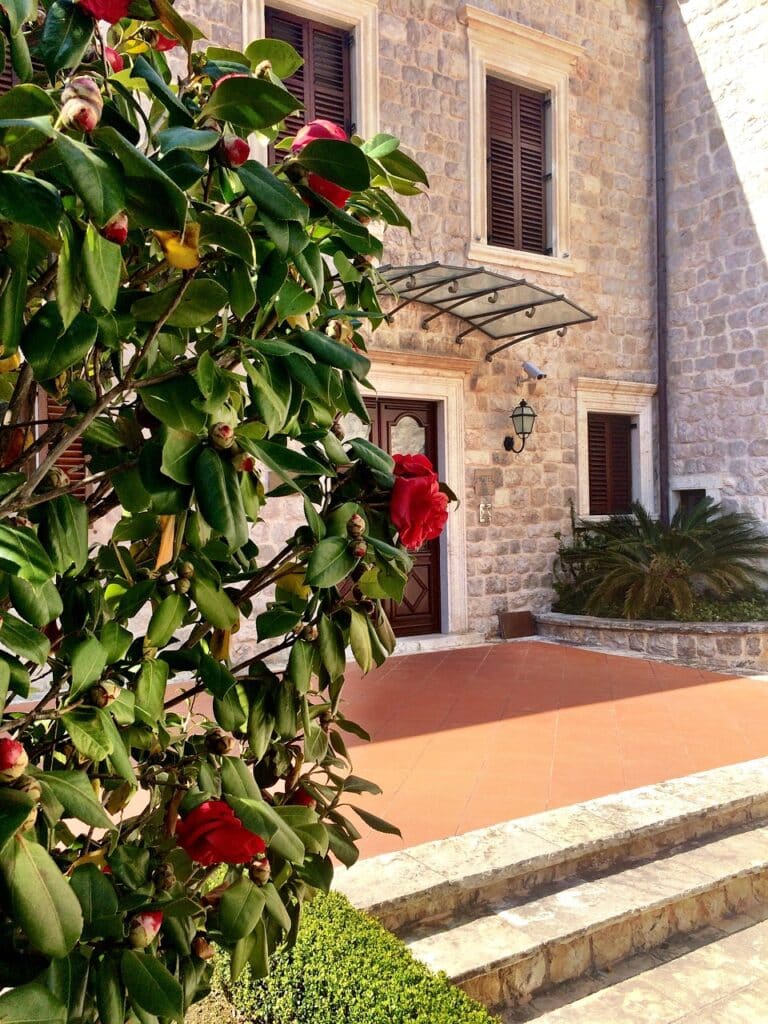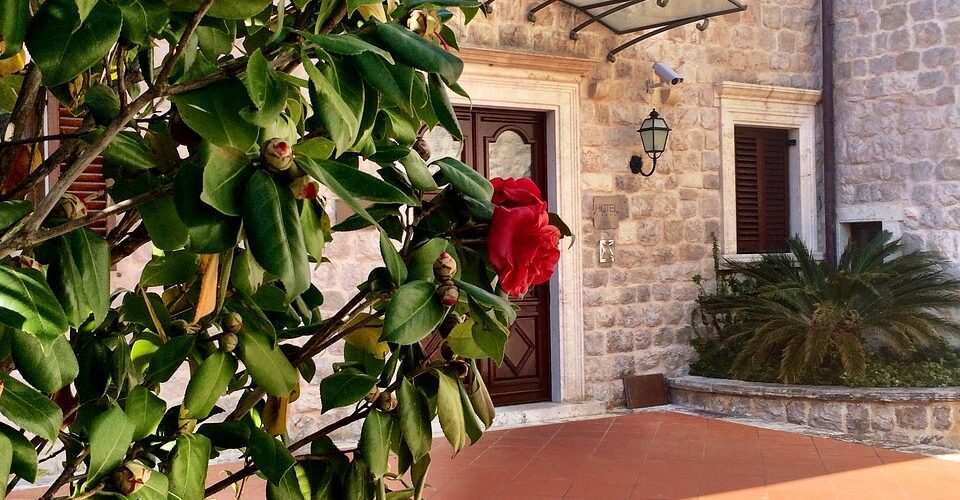Gone are the days when a hotel room is simply a place to rest your head. Today, hotel owners and designers are pushing boundaries and setting new standards for luxury and aesthetics in the hospitality industry. From bold and unique architecture to carefully curated interiors that evoke a sense of elegance and comfort, The Garcha Group will explore how innovative design is changing the game in the world of hospitality.

The Role of Design in Hospitality
Design in hotels extends beyond mere aesthetics; it creates an entire experience that can become the brand’s hallmark. It’s an immersive narrative that tells a story with each room and space, crafting unforgettable memories for guests. Design influences guest perceptions at its core, evoking emotions and sensations that turn a simple stay into a compelling experience. In the competitive landscape of the hospitality industry, a hotel’s design and attention to detail can significantly impact customer satisfaction, loyalty, and even the hotel’s overall reputation. Thoughtful design can cater to guests’ specific needs and preferences, whether through the tranquility of a minimalist spa or the lively atmosphere of a themed restaurant, ensuring that every aspect of their stay is impressionable and exquisite.
Furthermore, innovative design is a brand differentiator, setting a hotel apart in the saturated market. A hotel showcasing a particular design concept can appeal to niche markets, attracting guests seeking something beyond the conventional. Sustainable and eco-friendly designs, for example, resonate well with environmentally conscious travelers. Design in hospitality isn’t just about the visual impact; it’s about creating functional spaces, inspiring social interaction, and providing an elevated level of comfort and convenience. By integrating cutting-edge technology and personalized services into the design, hotels can enhance the guest experience, offering them ease and accessibility that aligns with modern living standards and expectations.
The Power of Aesthetics
Aesthetics in the context of hospitality refers to the overall visual appeal and sensory experience that a property provides. This encompasses architecture, interior design, color palettes, textures, lighting, art, and even the symmetry and layout of spaces—all elements that contribute to the ambiance and atmosphere perceived by guests.
Focusing on aesthetics is crucial for the hospitality industry as it helps create a distinctive identity that captivates and intrigues guests, offering them a sanctuary that stimulates pleasure and contentment. By investing in aesthetics, accommodations can transcend the basic expectations of shelter and comfort, transforming into destinations where the environment adds intrinsic value to the guest experience. Emphasizing aesthetics can also evoke strong emotional connections, making a guest’s stay memorable and encouraging repeat visits, fostering brand loyalty in a deeply competitive market.
Integration of Design, Aesthetics, and Luxury
The confluence of design aesthetics and luxury in hospitality is not merely about opulence but is rooted in creating an ecosystem that exudes exclusivity and refined comfort. Entrepreneurs in the industry can achieve this by meticulously curating every facet of their facility—from high-end materials and bespoke furniture to state-of-the-art amenities—all of which should reflect the establishment’s identity and ethos. Furthermore, providing personalized experiences tailored to individual preferences can elevate the sense of luxury. Incorporating interactive technologies, such as smart room customization and concierge apps, can offer convenience while retaining the personal touch that underpins hospitality. This harmonious blend of thoughtful design and personalized luxury can transform any space into a unique retreat that speaks to the affinities and comforts of each guest.
At the same time, entrepreneurs must recognize that true luxury is not one-dimensional. It must engage with the senses meaningfully, often in the details that may go unnoticed at first glance but are integral to the overall experience. For instance, using a subtle olfactory design—where specific scents are chosen to complement the aesthetics—can impact the mood and memory of the guest’s stay. Similarly, the selective use of ambient sounds can create an atmosphere of tranquility or vibrancy. To incorporate luxury on a deeper level, entrepreneurs should look beyond the tangible; they should infuse storytelling into the spaces, integrate local culture and art, and ensure that the branding narrative aligns with the guest’s journey. This results in a compelling, memorable, and truly luxurious experience beyond physical beauty, resonating with guests long after departure.
Final Thoughts
Innovative design in the hospitality industry is continuously evolving, driven by guests’ ever-changing needs and expectations. By integrating design principles and aesthetics into their brand identity, entrepreneurs can create spaces that showcase their unique story and offer guests an extraordinary experience that is both indulgent and immersive. Whether through technology, personalized services, or thoughtful design elements, each aspect is vital in building a remarkable stay for guests, making them feel valued and special. In essence, design and aesthetics in hospitality are not just about creating a visually appealing environment; they shape the entire guest experience, leaving an enduring impression that transcends beyond the hotel’s walls.

